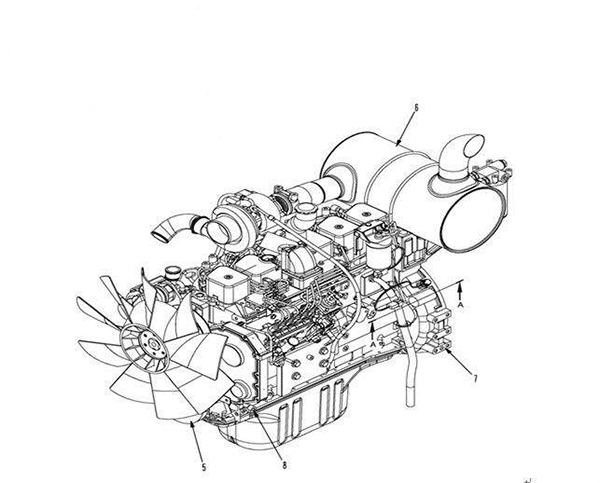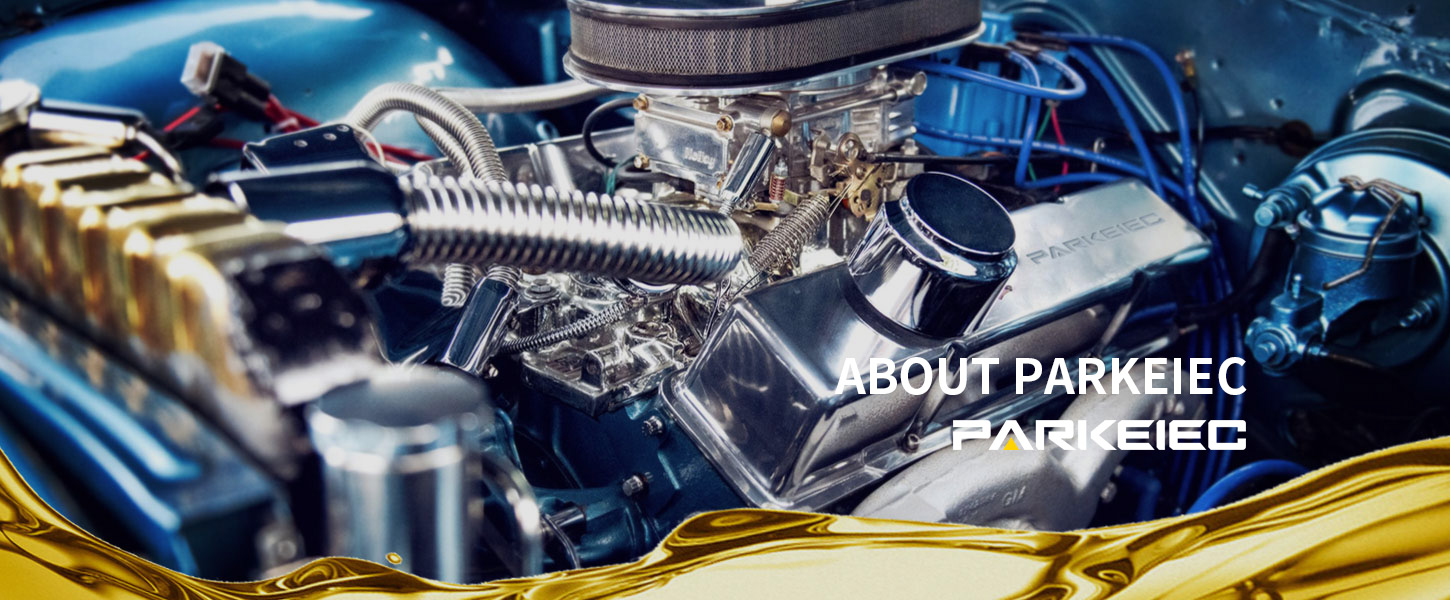
Diagnosis and maintenance method of engine oil leakage
Engine oil leakage, air leakage and water leakage are the most common failures. "Three leaks" will cause accelerated wear and tear of engine parts and accessories, causing frequent failures, affecting starting performance, causing difficulties in starting, increased fuel consumption, and reduced power. Therefore, it is necessary to pay attention to check and prevent the "three leaks" phenomenon of the engine.
Oil spill
The oil leakage is further divided into: oil leakage and diesel oil leakage, increased fuel consumption, poor cleanliness of the engine's surface, and difficulty in washing after the leaked oil adheres to smoke and dust.
1. Leakage of lubricating oil:
The lubricating oil of the lubricating system oozes out or burns into the combustion chamber to reduce the oil level of the oil pan. In severe cases, the lubrication points will lack oil and it is difficult to form a lubricating film, resulting in parts not being lubricated. The gap exceeds the limit.
Reasons for oil leakage:
The front and rear oil seals of the crankshaft are damaged, the oil sump and the paper pad under the cylinder block are damaged; the oil pipe connected to the oil radiator is broken, and the oil pipe joint is loose, causing oil leakage and consumption of oil.
The crankshaft oil seal, oil sump and flat paper pad under the cylinder block are damaged and should be replaced. In order to prevent the oil pipe connected to the oil radiator from rupturing and leaking oil, the fixing point of the oil pipe can be appropriately increased during installation, and other parts should not be in contact with the body to avoid vibration of the oil pipe. The tubing must be replaced if the tubing breaks, and the nut can be retightened if the tubing is loose.

2. Fuel leakage:
The fuel supply system assembly components, such as fuel pumps, fuel injection pumps, fuel injectors and the oil pipe joints between each other, will cause intermittent or difficult fuel supply, causing the engine to "knock" and the speed is unstable. Failures such as poor fire or failure to fire. The filter screen and filter element must be replaced in a timely manner, otherwise the unclean diesel will leak into the three major precision parts. Spraying into the combustion chamber will accelerate the wear of the precision parts and the parts in the cylinder.
The cause of diesel leakage: the oil level in the oil pan rises, and the leak can be found as follows:
① Oil pump oil seal: if the oil pump oil seal is damaged and the seal is not tight, diesel oil leaks into the gear housing from the oil seal, causing the oil level of the oil sump to rise.
②The joint surface of the injector rod and the high-pressure fuel pipe: if the fastening is not tight or the geometric accuracy is not high, the high-pressure oil from the oil pipe will leak into the upper part of the cylinder head, and then return to the oil pan from the oil return hole. And cause the oil level to rise.
③ Fuel injector return pipe joint: If the fastening is not tight or the seal is not tight, the diesel fuel enters the upper part of the cylinder head, and then returns to the oil pan from the oil return hole to cause the oil level to rise.
④ Poor atomization of the fuel injector: the fuel at this time is dry and not fogged. The fu* gas mixing quality is very poor and cannot be burned, causing liquid particles to flow into the oil pan from the cylinder wall.
Previous:
Next:
- Website Information
- Legal Notices
- Sitemap
- About Parker
- Brand Culture
- Brand Concept
- Honor
- R & D
- Quality standard
- Hot info
- Agent to join
- Agents join
- Investment policy
- Contact information
- Links


